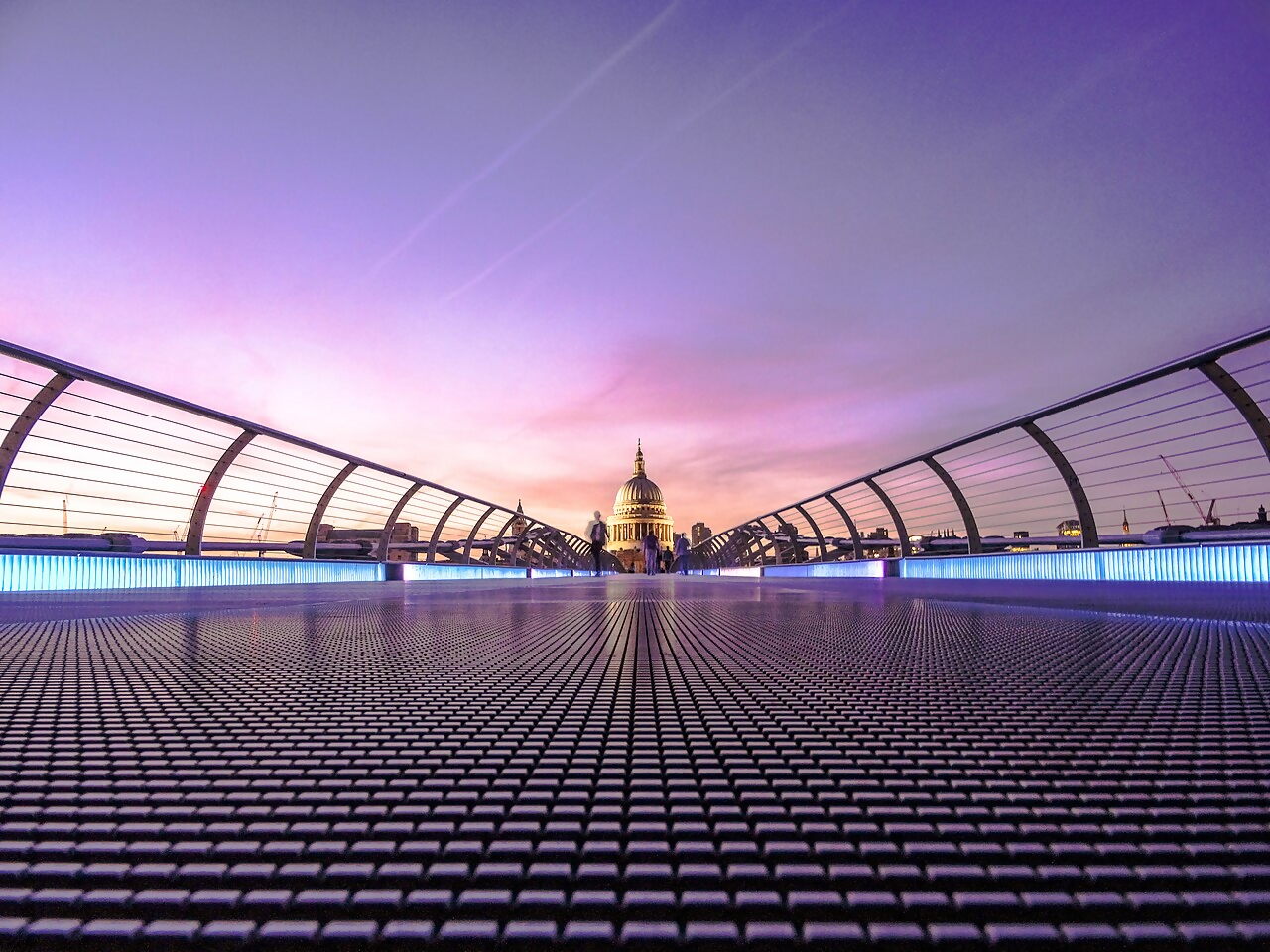
The phrases flash before your face whether you like it or not:
Top 5 London Hidden Gems! (The Sky Garden; Little Venice; Greenwich Foot Tunnel; the inside of the Wellington Arch; Mayfield Lavender Farm)
Most Instagrammable Places in London! (The Churchill Arms; God’s Own Junkyard; Mayfield Lavender Farm)
Cheap Places You Must Visit in London! (St. Dunstan in the East; The Sky Garden; Mayfield Lavender Farm)
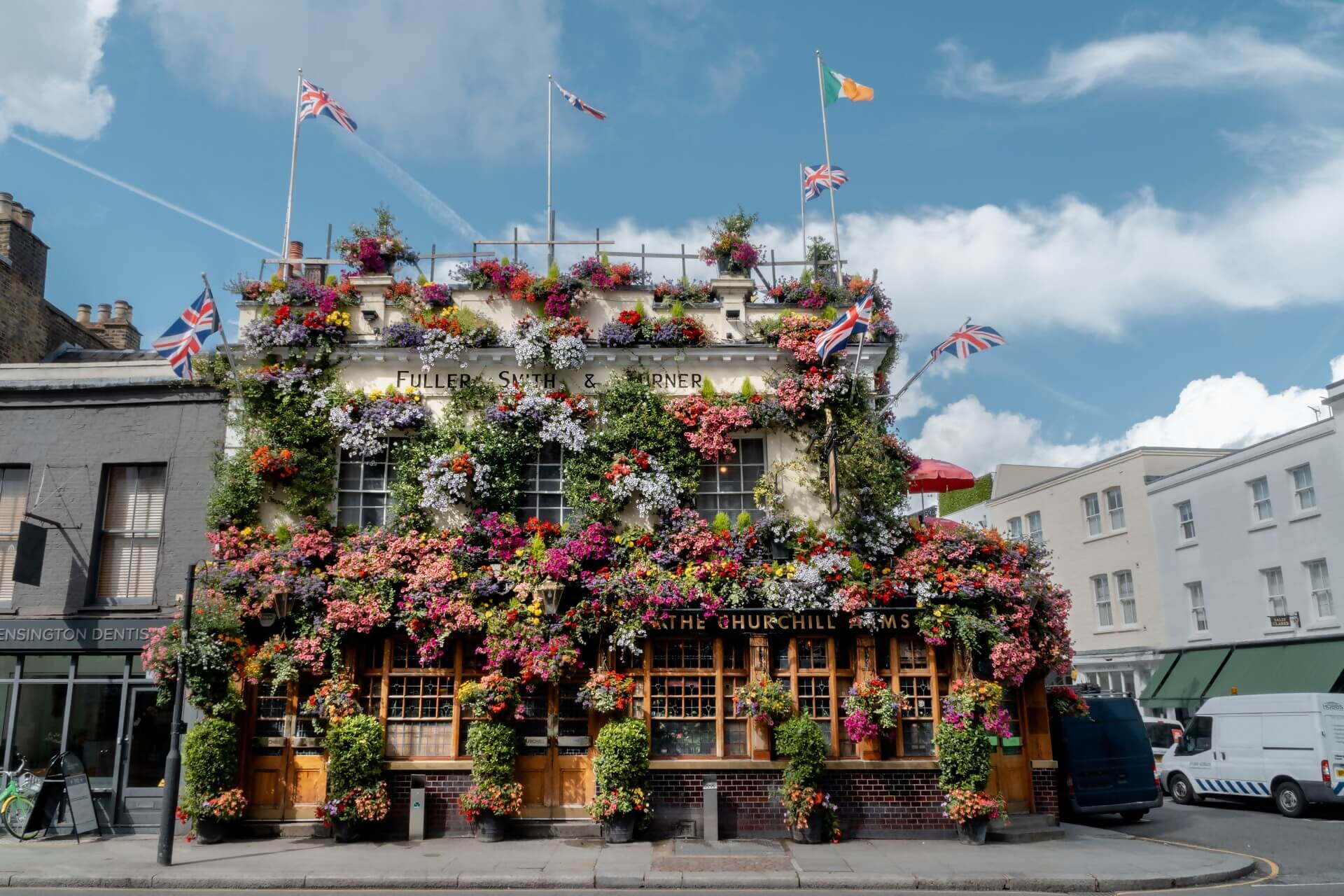
The Churchill Arms, Kensington
A disease is crippling London. You see it in the nightclub closures, each vibrant, interesting, or queer space on the fringes of the city that’s forced to shut down. You see it in the Zone 2 pubs that rip out their carpets and banquettes and install spartan, wooden canteen tables and faddy resident kitchens.
You see it with the central London vanity projects: the mounds, roof terraces, and other quasi-public spaces built with a grubby combination of taxpayer’s money and murky foreign investment. Welcome to the modern city: London as an experience; London as a thing to be consumed.
It’s a phenomenon that’s found its perfect medium in TikTok and Instagram Reels –– two platforms that produce fleeting micro-content, utterly disposable and yet utterly compelling. Seen through the lens of these social media travel guides, London is, by day, a city of boxes to tick off without thought: eat this food, see this exhibition, visit this colourful street and pose outside this stranger’s pastel pink front door.
And by night, glorified team-building exercises: axe throwing, ping pong, crazy golf, or shuffleboard in some ex-industrial warehouse by the river, washed down with prosecco and pizza by the slice. By the time you’ve caught the last train back to your rented one-bed in outer London, ears ringing with the sound of the poorly-mixed ‘90s R&B reverberating around the ductwork, you’re a ton lighter.
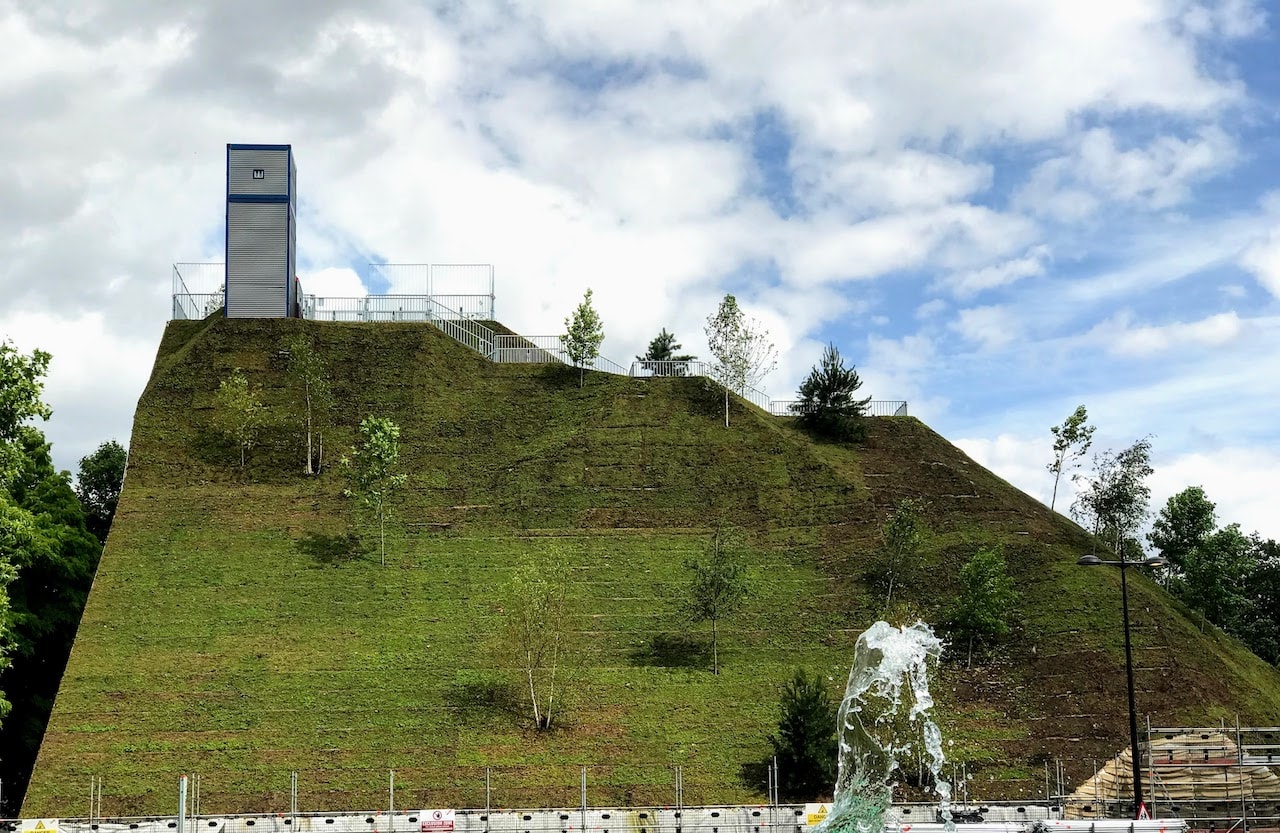
‘The Mound’, Marble Arch
No address in London quite exemplifies this shift in the city’s nightlife towards the experiential quite like 79 Stoke Newington Road. Walk north up the A10, away from the cocktail bars and ocakbaşları that define Dalston, you come to an unassuming block of shops. It’s an address with a fascinating recent history. Today, the building houses Bonkers Bar, an “immersive cocktail experience” themed around Roald Dahl’s Willy Wonka and his health-and-safety-free chocolate factory.
Before this, The Cauldron was another immersive cocktail experience centred around potions, wizards, and learning the basics of mixology whilst donning a cloak. Barring a brief stint as Emily’s, a late-night, eclectic dance music venue, 79 Stoke Newington Road has been the home of novelty nights out in Hackney since its conversion from a Turkish bar-bistro in 2015.
There was Hammerschlagen, the bar based around the Oktoberfest game of hammering nails into a stump –– beat the beleaguered bartender and win a marginally cheaper tab! And, of course, there was an early iteration of Ballie Ballerson, the adult ball pit and birthplace of a thousand rhinoviruses where, for £12.50 per person, you could enjoy access to the ball pit (limited for two hours) and the chance to imbibe the best in “nostalgia-inducing cocktails”.
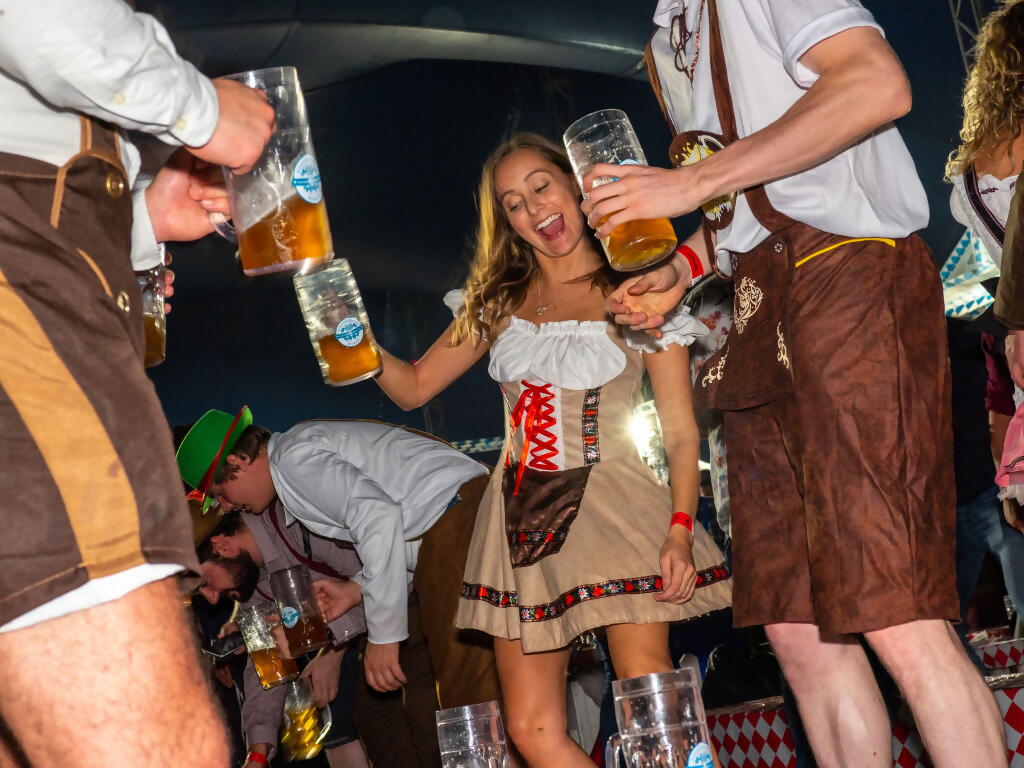
People have always been inclined to regress to an infantile state during their downtime. And, if you really want to drop £35 on a night spent in the company of a man who, for legal reasons, can only be referred to as “Billy Bonka”, that’s your prerogative.
But whilst 79 Stoke Newington Road has been in its experiential era, the genuinely counter-cultural or interesting venues nearby that have been lost or bastardised have been added to the growing list: Visions, Alibi, Dance Tunnel. Birthdays became Brewdog. They’re trying to shut down The Haggerston.
You can currently go and see immersive art experiences from Gustav Klimt, Vincent van Gogh, Frida Kahlo and Diego Rivera. On October 7th, Frameless, a multi-artist digital immersive art experience, opened to the public inside the 30,000 sq ft Marble Arch Place. This “multi-sensory and highly Instagram-able” exhibition features works by Cezanne, Kandinsky, and Rembrandt.
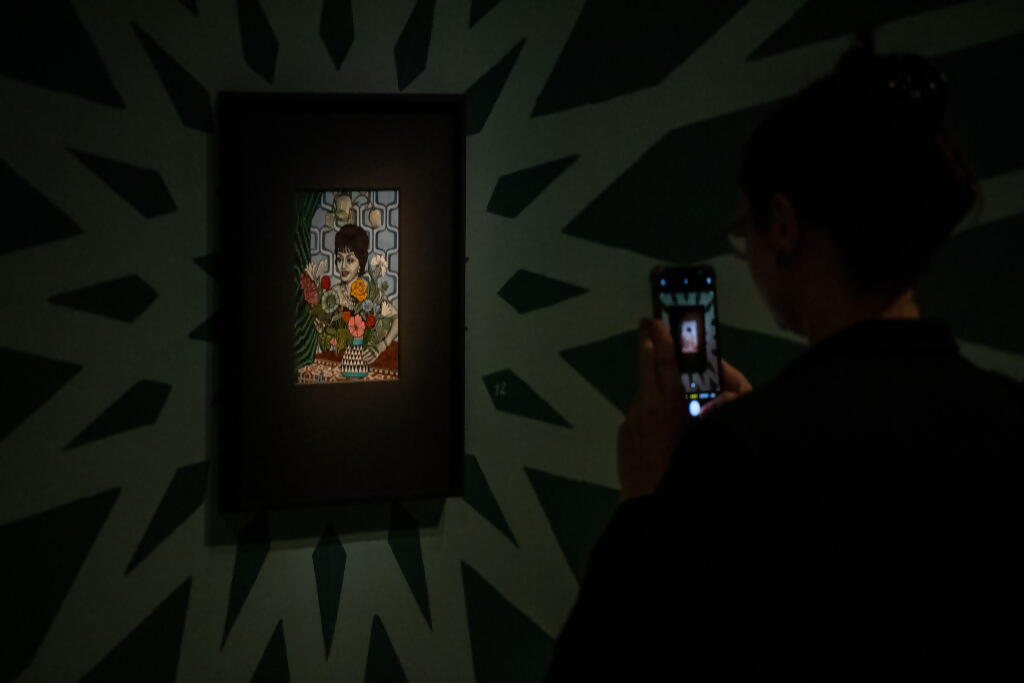
The premise of these exhibitions is simple: pay £30 to stand with other members of the public in a cavernous room whilst famous artworks are projected onto the white walls. There’s often specially-composed surround sound music and lots of talk of pixels, lumens, and a deeper understanding of the artist’s intentions.
Crucially, there’s ample opportunity for content. Will standing in a room full of projectors with a bunch of micro-influencers open your mind to the true meaning of Paul Klee’s Twittering Machine? No, probably not. Will it look good in 9:16 on the grid? You bet. It’s a schtick that has proved a successful money-spinner in recent years: time slots for Yayoi Kusama’s London exhibitions regularly get booked up within a day of release.
The Atelier de Lumières in Paris, a concept similar to Frameless, is a roaring success. It’s aesthetic, it’s quirky, and it’s ultimately a bit throwaway. Why engage with the art when you can post a picture of yourself in the art?
The word “immersion” has lost all meaning. Last Tuesday, an Instagram Reel jumped me while idly scrolling through friends’ photos on my lunch break. It was from Fairgame, an indoor funfair recently opened in the very polished, unlivable Canary Wharf. The Reel billed Fairgame as “the world’s first immersive fairground”, which made me wonder what I’d been doing all those years at carnivals on heaths and commons across the capital, if not immersing myself in a fairground.
Fairgame, a funfair for grown-ups, is coming to Canary Wharf (with a great food line-up) https://t.co/XblyOl4mFM pic.twitter.com/C4RGwgJBso
— Hot Dinners (@hotdinners) September 2, 2022
At Fairgame, you can play several carnival classics (shoot the rifle; catch the duck; whack the mole), with your score across each game being electronically tallied against your friends. If you win, you could bag a salmon pink, mildly disquieting (and Fairgame-branded) teddy bear. The tagline for Fairgame is “The funfair. Exactly like you don’t remember”, which is correct in a certain way. It is ‘the funfair’, but it’s a simulacrum of the funfair. It’s the funfair as cosplay.
In the same way, Frameless is the art gallery as cosplay. All fairground’s edges have been rounded off. There are no strange smells, creaking joints, or poorly rendered depictions of disparate American celebrities on the sides of the attractions. The rest of the Fairgame experience reads like every other new space opened in London in the past ten years. There’s exposed industrial ventilation. There are freakish cocktails and, of course, frozen margaritas. There are at least two independent, London-based craft lagers on offer. There is a food hall serving the best of the Americas: tacos, burgers, and pizza. You’ve been here a hundred times, in Brixton, Brent Cross, and Bermondsey. Never before has London had so many different nightlife options, yet the city has never seemed so predictable.
Something happened to London in the run-up to and following the 2012 Olympics. The city got taller, it got more affluent, and it got more anonymous. The creases began to be ironed out. Every bit of inner-city brownfield land began to be built on. Entire estates and cultural centres were pulled down, and in their place went up great beige and grey towers of glass and steel, flecked with lubberly primary-coloured juts. Pubs were converted to flats. Independent restaurants were recast as Prets. Artists, eclectics, reprobates, and dreamers were pushed to the outer limits, whilst anyone earning under £20k was taken round the back and shot. What filled the gap produced by these disappearing creative or multicultural spaces was unimaginative, uninspiring, and unimpressive.
A precious few anachronisms still exist, of course –– cabbies’ caffs in Mayfair; estate pubs in Paddington where pints are under a fiver; the leisure complex at Surrey Quays; M&M World.
But as London welcomed huge overseas investment following the Olympics, the city’s uniqueness was replaced by the anodyne and the slick.
Millennial minimalism replaced maximalism, order replaced chaos, and the Trocadero became a hotel.
Ultimate Rooftop Playground for Adults –– Lots of Street Food!
3 Must Try Buns in London. Hidden Coffee Shop in London.
Three Must-Visit Bargain Bites in London. Must Try London Bakery, Part. 1. London’s Viral Corndog –– Insane Portions!
Where to Find… Venezuelan Food in London.
I wake up bleary in the morning and immediately reach to open Instagram. As the world sharpens into focus, I’m hit by capital city content. The accounts are interchangeable: Proxima Nova font, sometimes interspersed with a handwritten typeface for emphasis; a passive-aggressive plea to like, share, and save the post; an anonymous trap or commercial house soundtrack.
The problem is, I’m addicted to them. Like the pathetic fury of someone else’s end-of-night fight or the passing of a burnt-out building on an A-road, I can’t turn away. My feed is full of them now –– a thousand upbeat, poorly cut, endlessly looping clips haunting me every time I look at my phone. It’s a problem exacerbated by Instagram’s recent push towards video and the algorithm itself. The more I watch, the more I’m recommended these video listicles of London. Everything is a hidden gem. Everything is a must-try. And everything, whether it’s food, drink, museums, or walks, has the same polished, influencer-lite aesthetic.
There’s no place on the must-visit London pubs list for The Cock Tavern in Somers Town. No room for the edgelands beauty of the River Roding on London’s Best Walks. But plenty of love for the same twenty or thirty things: the inherently Instagrammable cakes; the concept restaurants with the selfie-friendly toilets; the foliage-covered West End pubs.
They say the best way to see a city is to walk it. Maybe the best way to actually see a city is by visiting all its dessert spots from your bed.


